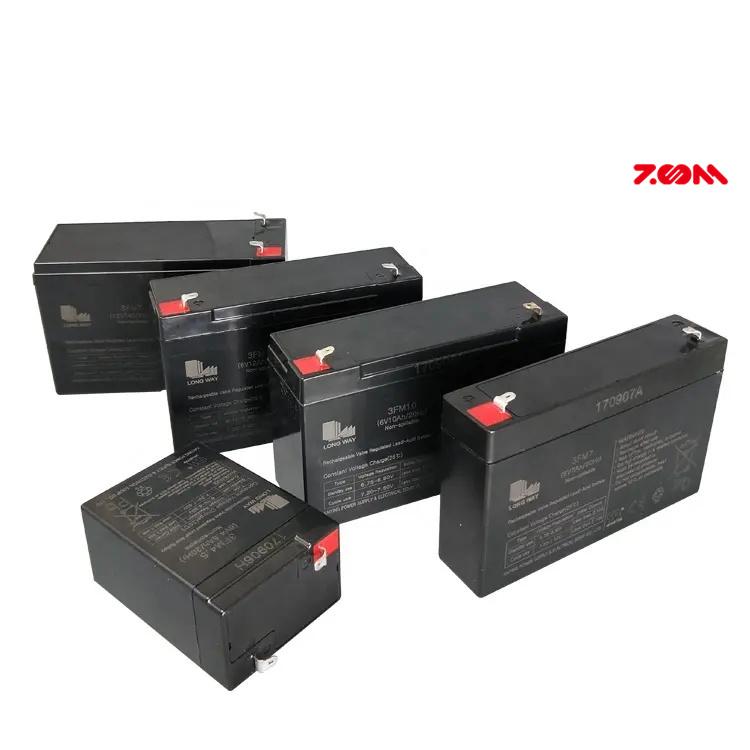
The European Union’s commitment to environmental sustainability is well-documented, and its latest legislative efforts aim to revolutionize the battery industry.
As of August 2024, new regulations are set to impact the import and use of lead-acid batteries in various sectors, including the children’s electric vehicle (EV) market. This article delves into the implications of these changes and offers insights for manufacturers and traders looking to stay ahead of the curve.

The New Battery Law: An Overview The forthcoming battery law, a significant update to the existing regulatory framework, is designed to minimize the environmental footprint of batteries throughout their lifecycle. Key provisions include stricter controls on the use of hazardous substances, increased recycling targets, and performance standards for end-of-life management.
Impact on the Children’s EV Industry
- Lead-Acid Battery Ban: The most immediate impact is the potential ban on importing children’s EVs equipped with lead-acid batteries. This move aligns with the EU’s broader strategy to phase out harmful substances in consumer products.
- Alternative Technologies: Manufacturers will need to pivot towards alternative battery technologies that are compliant with the new regulations. Lithium-ion batteries, known for their higher energy density and lower environmental impact, are a likely candidate.
- Supply Chain Adjustments: Companies will have to reassess their supply chains to ensure that all components, including batteries, meet the new standards. This may involve partnering with new suppliers or investing in technology upgrades.
- Compliance and Certification: Meeting the new regulatory requirements will necessitate rigorous compliance and certification processes. Manufacturers should prepare for increased scrutiny and documentation demands.
Strategies for Adaptation
- Stay Informed: Keep abreast of the latest regulatory developments through official EU channels and industry associations.
- Invest in R&D: Allocate resources to research and development to create products that not only comply with the new law but also offer a competitive edge in terms of performance and sustainability.
- Engage with Customers: Communicate openly with European clients about the changes and how they will benefit from the new, more environmentally friendly products.
- Seek Expert Advice: Consult with legal and compliance experts to ensure a smooth transition to the new regulatory environment.
Conclusion: The new EU battery law presents both challenges and opportunities for the children’s EV industry. By embracing change and proactively adapting to the new regulations, companies can position themselves as leaders in sustainability and innovation, ultimately winning the trust and loyalty of European consumers.
Call to Action: Are you part of the children’s EV industry looking to navigate the new landscape? Connect with us to explore how we can help you transition smoothly and stay competitive in the European market.
As we stand on the cusp of this regulatory shift, the children’s EV industry is not merely reacting but actively forging ahead. Currently, a segment of the market has already embraced lithium-ion batteries, showcasing a commitment to innovation and sustainability. Leading manufacturers in China are actively testing the viability of lithium-ion batteries for broader applications. It is anticipated that in the near future, a new wave of lithium-ion compatible children’s EVs will hit the market. This transition signifies a significant industrial upgrade for the entire children’s EV sector, promising enhanced performance, environmental benefits, and a leap forward in technological advancement. The future is bright for those who are ready to embrace change and lead the charge towards a greener, smarter, and more sustainable tomorrow.
If you are interested in more, do not hesitate to contact us.
www.zoom-sz.com
